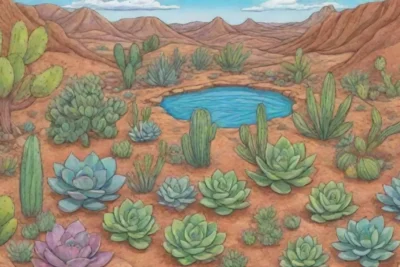
Mimicking Nature: Lessons from Succulent Adaptation Techniques
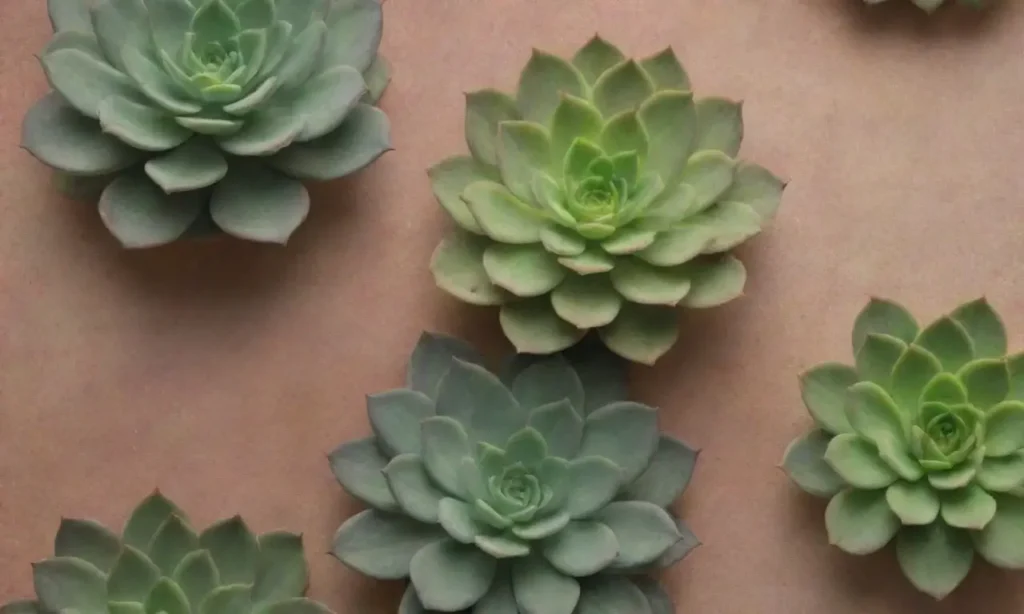
Introduction
In the intricate tapestry of the natural world, few organisms have captivated human interest quite like succulents. These remarkable plants, known for their ability to store water in their leaves, stems, and roots, have thrived in some of the harshest environments on Earth. Their unique adaptations to arid conditions offer invaluable lessons for sustainability, resilience, and resource management. This article will delve deeply into the various adaptation techniques of succulents and explore how these natural strategies can be applied to other fields, including agriculture, architecture, and environmental conservation.
As we venture through the world of succulents, we will examine their fascinating adaptations that allow them to flourish in environments that would typically be inhospitable to most plant life. From minimizing water loss through specialized surface structures to employing ingenious methods for water storage, these adaptations offer profound insights. By understanding and mimicking these natural strategies, we can address a myriad of challenges we face today in managing resources more effectively, designing green infrastructures, and creating sustainable environments.
An Overview of Succulent Adaptations
Succulents have developed an array of remarkable adaptations that allow them to survive in environments characterized by extreme temperatures and limited water availability. Primarily, their water-storing capabilities are what set them apart. Unlike most plants, succulents can accumulate and retain moisture for extended periods, a remarkable feat achieved through specialized anatomical structures. Their leaves, often thick and fleshy, serve as reservoirs, while their waxy coatings minimize transpiration, enabling them to conserve moisture under intense sunlight.
Water Storage Mechanisms
A prominent adaptation seen in succulents is their ability to store water effectively. Many succulents, like the Aloe and Agave genera, utilize their thickened leaves to accumulate moisture during periods of rainfall. The storage of water can be compared to a sponge, which swells with liquid and releases it slowly over time to nourish the plant during drought. This strategy is particularly vital in desert ecosystems, where rainfall is sporadic and unpredictable. For instance, the Aloe vera plant can withstand long dry spells due to its ability to store adequate water reserves in its succulent leaves.
Moreover, some succulents exhibit the phenomenon of CAM (Crassulacean Acid Metabolism) photosynthesis, an adaptation that allows them to open their stomata at night rather than during the day. By doing this, they drastically reduce water loss since the cooler temperatures at night decrease evaporation rates. CAM photosynthesis not only conserves water but also enables these plants to effectively use the carbon dioxide they gather during the night for energy during the day. This dual strategy of water storage and efficient gas exchange is an exceptional feat of evolutionary design.
Surface Adaptations to Minimize Water Loss
Another critical adaptation among succulents is the development of specialized surface features that help reduce water loss. The cuticle, a thin layer of waxy substance covering the plant's surface, acts as a barrier against strong sunlight and minimizes water evaporation. This adaptation is essential for succulents growing in environments with intense solar radiation. For instance, many cacti showcase a thickened cuticle that protects them from extreme heat while also holding moisture within their tissues.
Additionally, the presence of trichomes, or small hair-like structures, on the surface of leaves offers another layer of protection. These structures can reflect sunlight, further reducing leaf temperature and creating a microenvironment that holds humidity around the leaf surface. Consequently, succulents like Echeveria not only maintain moisture more effectively but also increase their chances of thriving under glaring sunlight conditions.
 The Evolution of Succulents in Response to Climatic Changes
The Evolution of Succulents in Response to Climatic ChangesExploring Succulent Symbiosis and Its Lessons
Many succulents have evolved to form symbiotic relationships with other organisms, particularly in challenging environments. These alliances can be critical for survival as they enable succulents to acquire nutrients and water through unconventional means.
Mycorrhizal Relationships
One of the most well-studied symbiotic relationships among succulents is between plants and mycorrhizal fungi. In this mutualistic relationship, the fungi colonize the plant's root system, extending its reach into the soil. The fungus aids the succulent in obtaining essential nutrients like phosphorus and nitrogen, which are often sparse in arid landscapes. In return, the plant provides carbohydrates to the fungi, promoting both partners' health and survival.
This adaptation highlights an important lesson for agriculture and sustainable land management. By fostering similar relationships in crops, farmers can enhance nutrient uptake without relying heavily on synthetic fertilizers. Integrating mycorrhizal fungi into agricultural practices not only boosts soil health but also embodies a natural approach to improving plant resilience in changing climates. Adopting such strategies can foster sustainable agricultural practices, lessen environmental impact, and reduce dependence on chemical inputs.
The Role of Pollinators and Seed Dispersal
Another facet of succulent adaptation lies in their attraction of pollinators and mechanisms for effective seed dispersal. Many succulents exhibit vibrant, fragrant flowers that lure pollinators such as bees, butterflies, and even birds. This attraction is not merely aesthetic; it serves a vital purpose in ensuring reproduction. Once pollinated, succulents can produce seeds that either utilize wind or animals for dispersal, allowing them to colonize new areas effectively.
Understanding the significance of these ecological relationships can inform our conservation efforts. Protecting pollinator species and their habitats is crucial for the survival of many plant species, including succulents. By raising awareness of the importance of pollinators and implementing conservation strategies at both local and global levels, society can help ensure the continued vitality of these ecosystems that are essential for maintaining biodiversity.
Applications of Succulent Adaptation Techniques
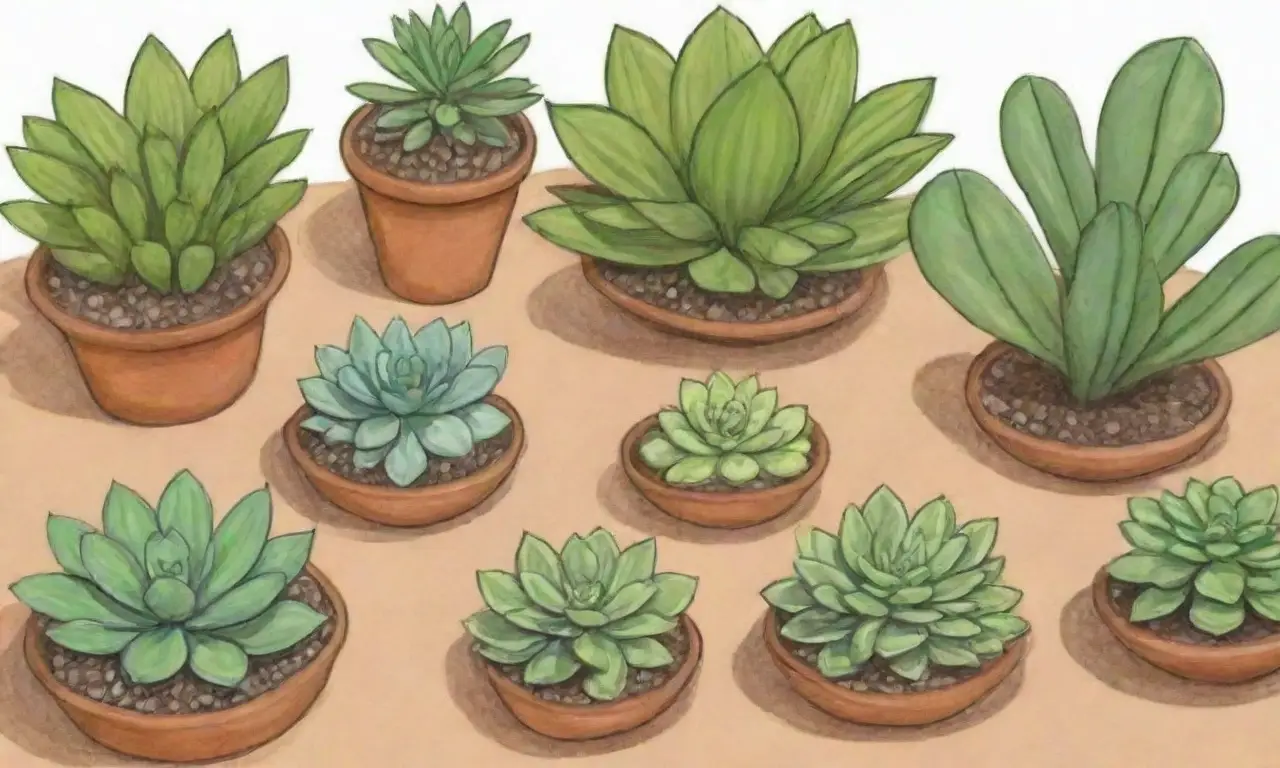
The inspiring adaptation techniques developed by succulents can serve as a blueprint for humankind to tackle global challenges. By observing and mimicking nature, we can innovate in fields like sustainable architecture, water management, and urban planning.
 Exploring the Unique Water Storage Adaptations of Succulents
Exploring the Unique Water Storage Adaptations of SucculentsSustainable Architecture
Designers and architects are increasingly looking to succulents and their adaptation mechanisms to create green buildings. The use of materials mimicking succulents' moisture-retaining properties can lead to structures that require less water for landscaping. Incorporating green roofs featuring drought-resistant vegetation not only enhances a building's aesthetic value but also plays a vital role in mitigating urban heat and improving air quality. These designs rely on the natural ability of plants to adapt to their surroundings, demonstrating a harmonious balance between the built environment and nature.
Moreover, designers can implement techniques such as passive cooling derived from succulents’ reflective surfaces. By utilizing materials that replicate these features, buildings can potentially lower energy consumption in hot climates, emphasizing sustainable living practices.
Innovative Water Management
Another promising application of succulent adaptation is in the realm of water management. With freshwater scarcity becoming a pressing global issue, implementing water conservation methods inspired by succulents can yield remarkable results. Techniques such as rainwater harvesting and the construction of xeriscapes, which promote drought-tolerant landscaping, can enable communities to make the most of the limited water resources available to them.
Utilizing an understanding of succulents’ water-storing abilities can also inform irrigation practices. By developing irrigation systems that mimic these natural processes, farmers can cultivate crops more efficiently while preserving valuable water resources. The emphasis on working in harmony with nature ensures that communities can thrive while minimizing impact on their environment.
Conclusion
In conclusion, the remarkable adaptations of succulents offer profound insights into nature’s ingenuity and resilience. Their unique capabilities for water storage, surface adaptations, and symbiotic relationships underscore the necessity of learning from the natural world to address pressing contemporary challenges. By mimicking these time-tested strategies, we can unlock innovative solutions for sustainability, resource management, and environmental conservation.
As societies grapple with the implications of climate change, dwindling natural resources, and threats to biodiversity, the lessons from succulent adaptations become increasingly relevant. Whether through sustainable architecture that incorporates the resilience of nature, or enhanced agricultural practices that foster symbiotic relationships, embracing these natural adaptations provides an actionable pathway forward.
By continuing to explore and learn from these extraordinary plants, we can cultivate a more sustainable, harmonious relationship with our environment. The intricate dance of adaptation that succulents have perfected can serve as a guiding principle, encouraging us to innovate with a respect for nature’s wisdom. Ultimately, cultivating an understanding and appreciation for these remarkable adaptations will empower us to create a future that is not only sustainable but also interconnected with the world around us.
 How Succulents Have Evolved: Insights into Their Biome Adaptations
How Succulents Have Evolved: Insights into Their Biome AdaptationsIf you want to read more articles similar to Mimicking Nature: Lessons from Succulent Adaptation Techniques, you can visit the Biome Adaptations category.

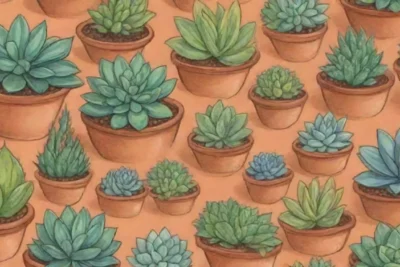
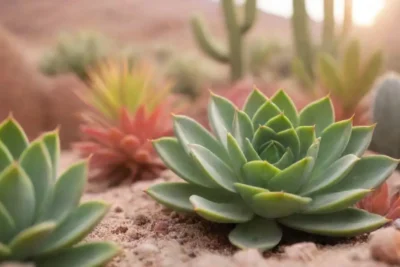
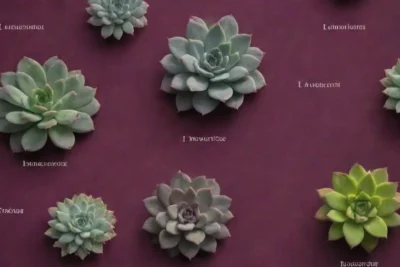
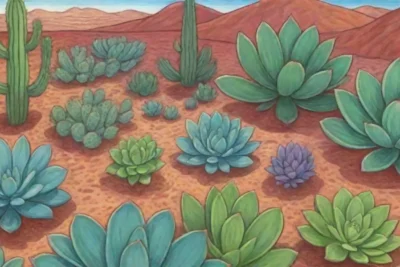
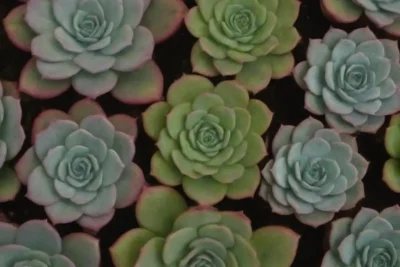
You Must Read